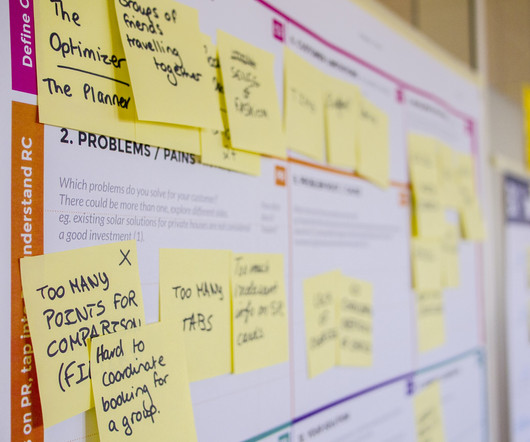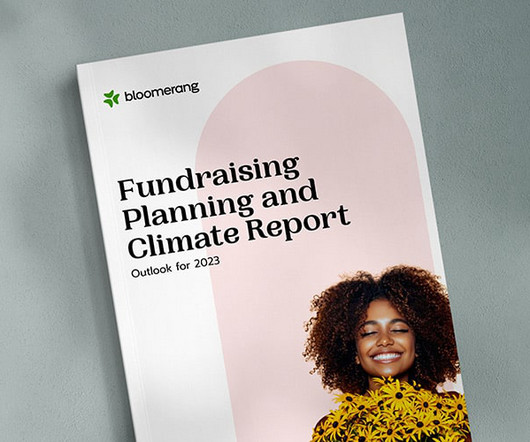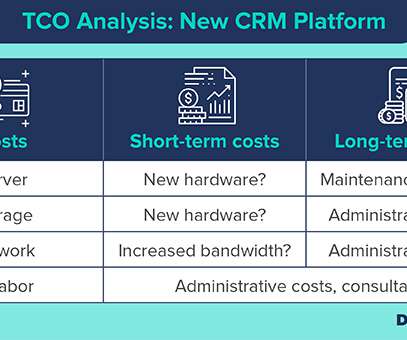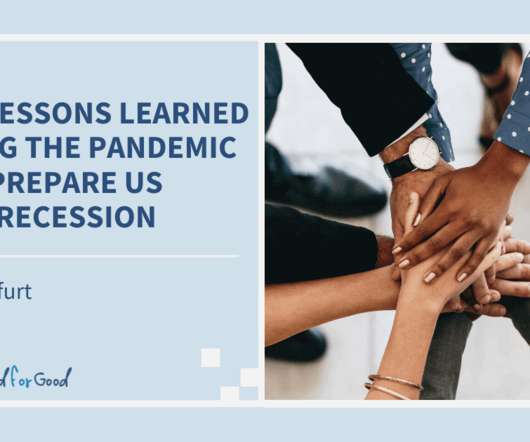Thought Leaders Blaze Trails of Discovery and Engagement
.orgSource
AUGUST 28, 2023
Design a program that reflects the customized service you want to deliver and the quality of outreach you want to produce. Use data to make objective decisions based on site traffic, evaluations, sales, professional development activity, focus groups and/or other types of outreach. They will be representing your organization.







































Let's personalize your content